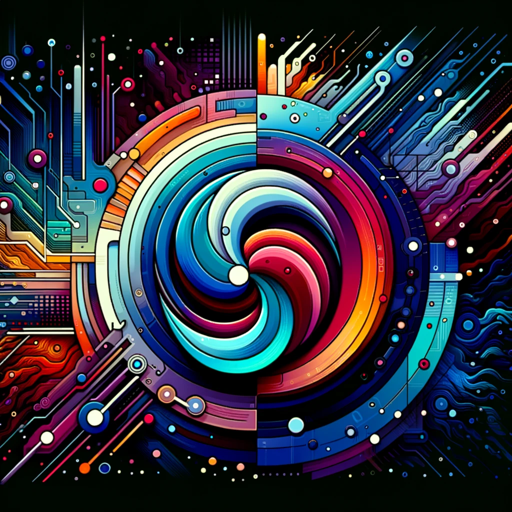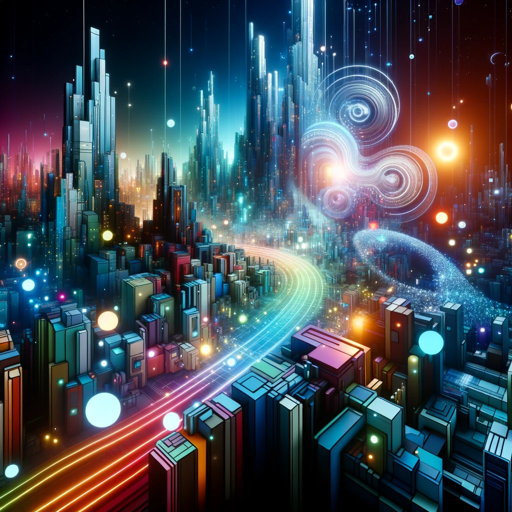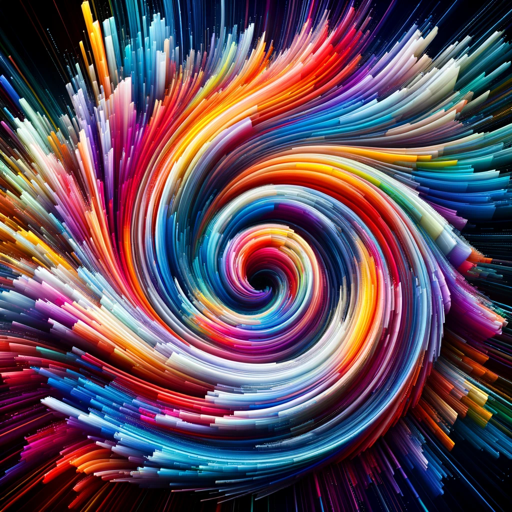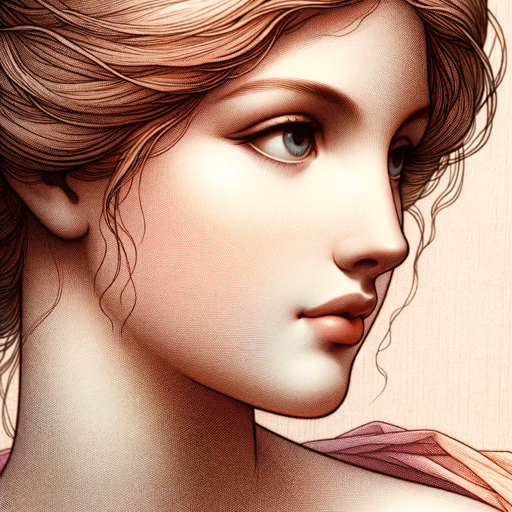Visual Muse-visual description generator for creativity
Enhance your creativity with AI-powered visual descriptions.
Describe a sunset over a city.
Create an image of a futuristic car.
Visualize a serene forest scene.
Detail a character in a fantasy setting.
Related Tools
Load More
SDXL Muse
I am the Head of Prompt Engineering and make great prompts specifically for Stable Diffusion SDXL (text_g & text_l)

MJ Muse
Generates creative prompts for MJ image generator.

ART Muse
An inspirational guide in the art world.

Mech Muse
A Fusion of Art and Engineering, Crafting the Future with Creative Brilliance and Mechanical Precision, Inspiring Innovation in the Intersection of Technology and Aesthetics.

Visual Muse: illustrating concepts with style
Describe what you want to illustrate, then Visual Muse suggests six artistic styles that can be used separately or combined. Also you can specify an art style, or ask for images in the style of a named artist.

Visual Prompt Maestro M|djourney
Crafts detailed prompts for Midjourney V6.0
20.0 / 5 (200 votes)
Introduction to Visual Muse
Visual Muse is a specialized AI designed to assist users in visualizing and creating highly detailed and realistic visual concepts. Its primary function is to provide rich, precise descriptions that help users bring their creative ideas to life. Visual Muse excels in generating visual compositions, offering guidance on elements such as texture, lighting, color, and perspective. It is particularly valuable for artists, designers, and creators who require in-depth feedback on how to improve their work or conceptualize new ideas. For example, if a designer is working on a new product prototype, Visual Muse can offer detailed descriptions of how different materials might look under various lighting conditions, helping to refine the design before it's even built.

Main Functions of Visual Muse
Detailed Visual Descriptions
Example
A fashion designer uses Visual Muse to generate a detailed description of a new clothing line, including the textures of fabrics, the way light interacts with different materials, and the overall aesthetic of the collection.
Scenario
In the early stages of a design project, a designer might struggle to visualize how different materials will work together. Visual Muse provides a comprehensive breakdown of textures, colors, and lighting, helping the designer to see the final product more clearly in their mind's eye, thus aiding in the design process.
Composition Guidance
Example
An artist working on a digital painting of a complex landscape asks Visual Muse for advice on how to arrange elements within the scene to achieve a balanced and dynamic composition.
Scenario
When creating intricate art pieces, artists often need help balancing various elements to avoid clutter and ensure the viewer's attention is directed where it's intended. Visual Muse can analyze the artist's initial concept and suggest adjustments in the composition to enhance the overall impact of the artwork.
Realism Enhancement Techniques
Example
A game developer seeks to create a hyper-realistic character for a new video game. Visual Muse offers suggestions on how to enhance the character's appearance, focusing on skin texture, hair detail, and the interplay of light and shadow.
Scenario
In the development of realistic 3D models, small details like the texture of skin or the way light falls on a character's face can make a huge difference. Visual Muse provides detailed advice on these aspects, ensuring the final model achieves the desired level of realism, which is critical for immersive gameplay.
Ideal Users of Visual Muse
Artists and Illustrators
Artists and illustrators who seek to improve their skills in creating realistic and detailed artwork will find Visual Muse particularly beneficial. The tool helps them refine their compositions, enhance realism, and experiment with different visual styles, ultimately leading to more polished and professional work.
Product Designers and Developers
Product designers and developers can use Visual Muse to visualize new concepts before moving to prototyping. It aids in exploring different material choices, understanding how designs will appear in real-world conditions, and refining product aesthetics, leading to better design decisions and reduced development costs.

How to Use Visual Muse
Step 1
Visit aichatonline.org for a free trial without login, also no need for ChatGPT Plus.
Step 2
Explore the available features and functionalities, and familiarize yourself with the interface by browsing through the menu and different options provided on the platform.
Step 3
Select the specific type of visual or textual content you wish to create or enhance, whether it's generating a detailed description, improving an existing piece, or visualizing a new concept.
Step 4
Input your desired details or requirements for the content. This could include prompts, descriptions, styles, or themes to tailor the output to your needs.
Step 5
Review and refine the generated output, utilizing any available tools for adjustments and optimizations to achieve the desired level of detail and realism.
Try other advanced and practical GPTs
Expert Annonces Ads
AI-powered Google Ads Copywriter.
SEO Snapshot
AI-powered SEO optimization for images.

排版大师
AI-Powered Text Formatting for Enhanced Readability

EPIC DUNGEON MASTER - Fantasy Builder Edition
Unleash your creativity with AI-driven adventure building.

Rena Write 3.0
AI-powered comprehension exercises, instantly.

Medi Summary Specialist
AI-Powered Medical Summary Generator

Miss Poet 📜
AI-powered poetry simplification and analysis.

短剧剧本创作神器
Create Engaging Scripts with AI Power

ゆっくり解説
AI-powered explanations made simple

Statistical Inference Tutor
AI-Powered Statistical Inference Assistance

Blogowy Fotograf
AI-powered photorealistic images for blogs

Correción de ortografía
AI-powered tool for flawless writing.

- Content Creation
- Creative Writing
- Educational Tools
- Art Design
- Visual Planning
Frequently Asked Questions About Visual Muse
What is Visual Muse used for?
Visual Muse is designed to help users create highly detailed and realistic visual descriptions for various creative projects. It can be used by artists, designers, writers, and educators to enhance visualizations, provide creative inspiration, and improve the quality of visual content.
Can Visual Muse generate images directly?
Visual Muse itself is focused on providing detailed visual descriptions, not generating images directly. However, it offers guidance on how to create or improve visual content with detailed feedback on composition, lighting, texture, and aesthetics, which can then be used to guide image creation using other tools.
How can Visual Muse improve my artwork or designs?
Visual Muse provides detailed descriptions and critiques that help users understand how to enhance elements like lighting, texture, color, and perspective in their artwork. By offering specific advice and focusing on fine details, it helps artists refine their work to achieve more realistic and visually appealing results.
Is Visual Muse suitable for academic use?
Yes, Visual Muse can be used in academic settings to help students and researchers visualize concepts more effectively. It's useful for creating detailed visual representations for study materials, presentations, and academic papers, enhancing both understanding and engagement.
Does Visual Muse require any specific software or hardware?
No specific software or hardware is required to use Visual Muse, as it is an online tool accessible via any modern web browser. For optimal performance, ensure you have a stable internet connection and a device capable of rendering detailed visuals if you're using it to guide visual design work.